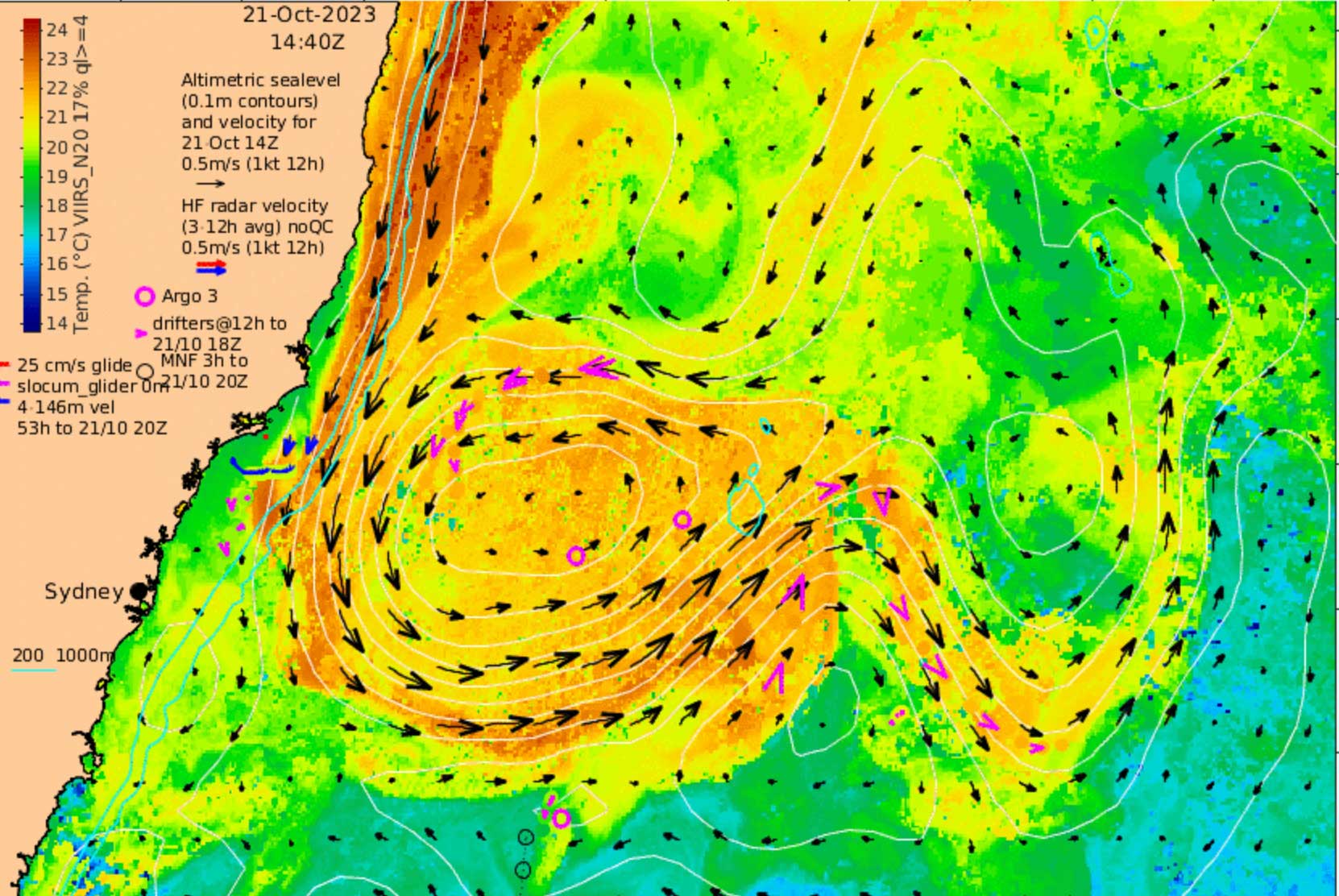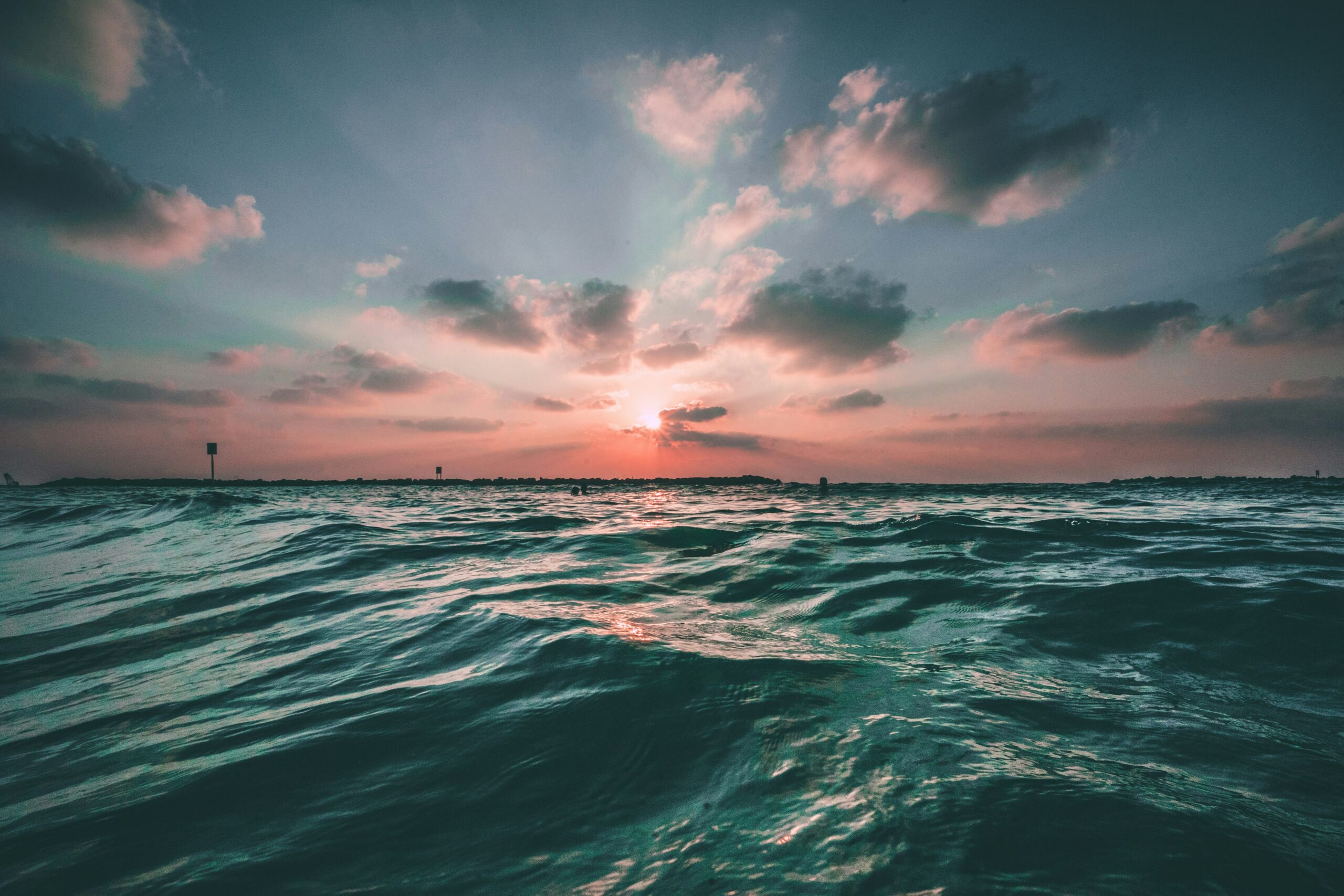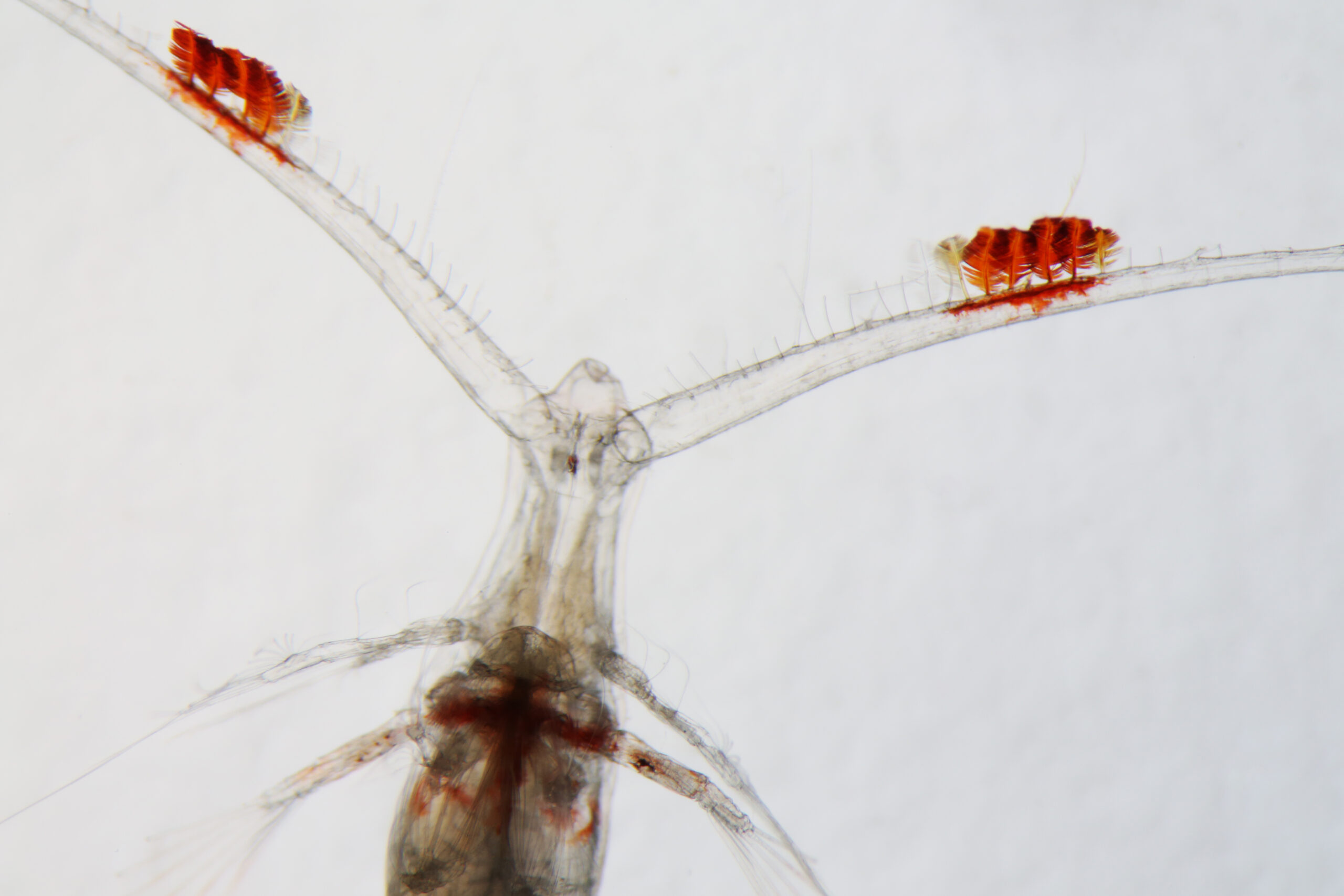Ocean Information Resources
These resources provide improved accessibility to the wealth of data we collect around Australia. This includes data visualisation products, specialised data applications, toolkits for data scientists and analysis code examples.
We provide innovative methods for people to connect and use our data and understand it in different ways.

IMOS OceanCurrent
IMOS OceanCurrent is an online application to access the latest information about the state of the oceans and seas around Australia. Users can view both current and historical ocean conditions .

Data usage tutorials and libraries
A range of tutorials to assist users with accessing, processing and visualising data using GIS software. Python, R and MATLAB code examples are available to help people get started with using IMOS data.

Data processing tools
A number of additional data processing tools are available for specialised use cases such netCDF access and editing, data contribution compliance and graphical display of oceanographic data.

IMOS Biological Ocean Observer
The IMOS Biological Ocean Observer integrates, analyses and visualises data from IMOS platforms around Australia allowing users to explore temporal and seasonal trends through plots for phytoplankton, zooplankton, larval fish and microbial data.

 Anita Slotwinski, CSIRO
Anita Slotwinski, CSIRO
Animal Acoustic Tracking database
The Animal Acoustic Tracking Database is a collaborative tool to facilitate contributions and access to raw data (i.e. non quality-controlled animal detections) collected across the IMOS continental-scale acoustic telemetry infrastructure network since its inception in 2007.
Acoustic telemetry technology enables passive monitoring of site affinity, movement and connectivity of tagged aquatic animals in Australian coastal and shelf waters. The IMOS Acoustic Telemetry infrastructure network includes IMOS-funded infrastructure as well as co-invested equipment maintained by research collaborators, listening out for animals tagged by research groups. This collaborative approach enables researchers to monitor movements and distributions of marine species over long time scales and identify potential climate-driven changes.
Since 2007, over 170 aquatic species including teleost fish, elasmobranchs, invertebrates, marine reptiles and mammals have been tagged and tracked through the IMOS network.
Any feedback or questions please email [email protected].
Remora
The remora R package enables researchers to:
1) perform robust quality-control of acoustic telemetry data,
2) interactively visualise acoustic telemetry data accessed via the Animal Acoustic Tracking Database
3) identify and extract available IMOS satellite remotely sensed, in situ observations and ocean models that match the spatiotemporal extent of any given spatiotemporal dataset containing a basic timestamp and GPS coordinates.
For questions related to the remora toolkit, or to access source code as well as supporting documentation to use the remora toolkit, click on the link below.
GLIDERSCOPE software
GLIDERSCOPE is a standalone software package designed to give you the power to effortlessly visualise glider data. By using the freely available GLIDERSCOPE software, anyone can examine NetCDF files they have downloaded, filter out bad data, interactively isolate segments of data and apply a variety of useful data graphical visualisation techniques to examine the data.
The Acoustic Data Viewer
The Acoustic Data Viewer provides access to raw recordings from the National Mooring Network Acoustic Observatories sub-Facility.